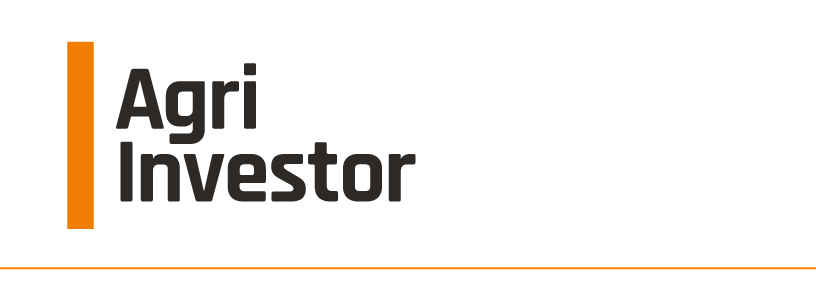
Key fundamentals for a strong Australian beef sector including strong international demand, constrained global supply, a depreciating dollar and trade agreements are falling into place.
Farmland incomes in the US are set to fall to their lowest level in nearly a decade, according to the US Department of Agriculture, reflecting bumper harvests and higher dairy and hog production.
The tool suggests criteria for financial institutions to benchmark their investments against their peers.
Australia’s cattle prices set a record high of 568 cents a kilogram on Monday as Australia’s largest privately-owned cattle business said that Australian cattle remains “cheap” and 6 dollars a kilo is achievable.
The huge reduction in China's hog herd over the last 18 months puts the European Union, the US and Canada in the frame for the predicted increase in imports.
Agribusiness attracted approximately 11 percent of the total investment, the majority in dairy and milk processing.
As risks increase across a variety of sectors, lower-risk agri will become an increasingly important part of the portfolio of institutional investors, according to a paper released by an Australian think tank.
The decade-long increase in US farmland prices had been tipped to come to an end, so the news last week that values had defied these predictions was received with surprise – and some scepticism.
China's agriculture industry has been challenged by a lack of economies of scale, low-tech farming techniques and broken value chains - but an even more fundamental issue is on the horizon.
Development of sales channels, rather than the size of the investment, is the key factor for making a positive investment return in the Chinese beef market, the report says.

















